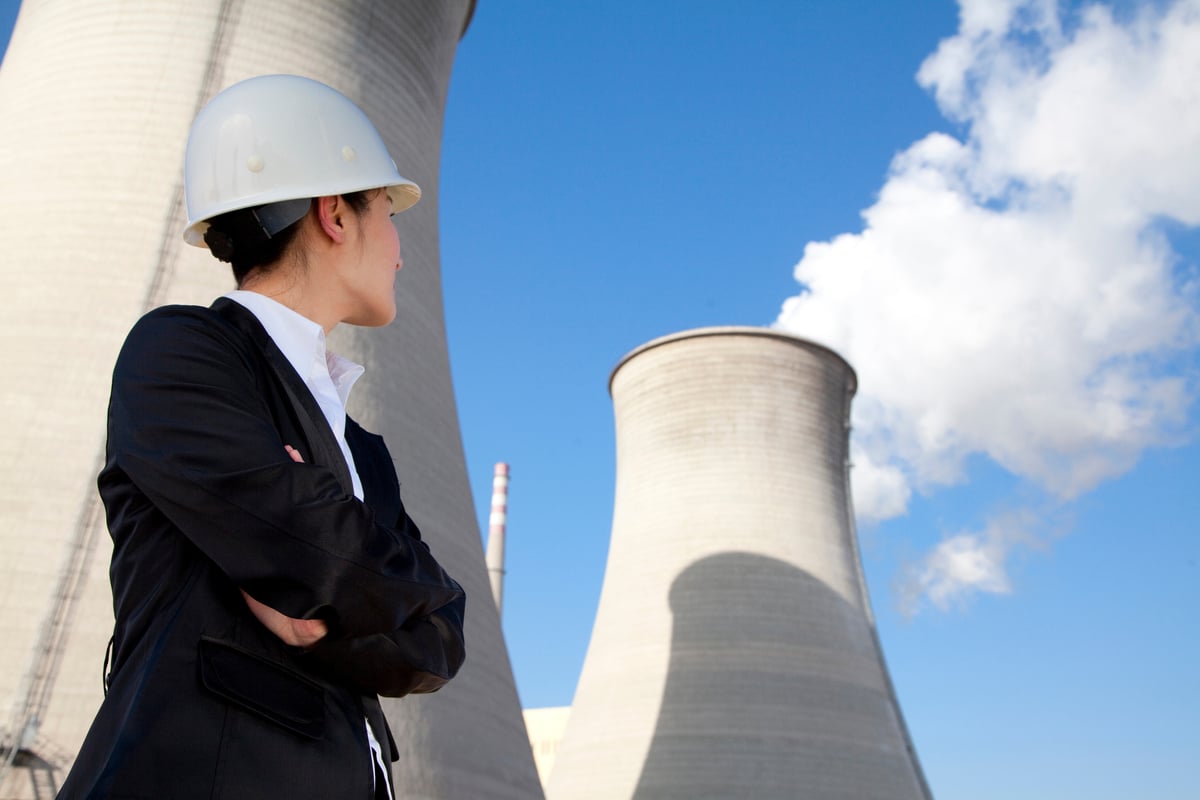This article was written by Oilprice.com -- the leading provider of energy news in the world. Also check out this recent article:
Let's go a little controversial here. The U.S. oil boom is such a headline-grabbing topic at the moment that I cannot help but draw comparisons betwixt it and its pop culture equivalent, Miley Cyrus. And while on that tangent, the oil cartel OPEC reminds me of...Justin Bieber: just as U.S. oil production is surging in stature, OPEC's dominance appears to be waning.
Miley's career is experiencing a second bout of success in a very different form to her initial rise to stardom (um, Hannah Montana). In a similar vein, U.S. oil production has experienced varying periods of prosperity over the years, from the first commercial oil well drilled in Titusville, Pennsylvania in 1859, to the outright production record of 9.6 million barrels a day achieved in 1970.
But from this pinnacle in the 70s, oil production then swooned like a teenage fan over the next 38 years to average a mere 5 million barrels a day in 2008. This in itself was the lowest level since 1946 (and a full 15 years before the birth of Billy Ray Cyrus...and his achy breaky heart).

But since that low point just half a decade ago, oil production has incredulously increased by nigh on 70 percent to near 8.4 million barrels a day. And the reason for this improbable turnaround can be summed up in two simple words: hydraulic fracturing. Yet this game-changing technique has caused more controversy than a twerking Miley Cyrus.
Both perhaps can be blamed on stress. For hydraulic fracturing is the process of injecting water mixed with sand and chemicals into a well at high pressure to create small fractures within the rock formation to extract oil and/or gas. Controversy surrounds the huge amount of water used (although not as much as a golf course), while the small amount of chemicals used could contaminate groundwater if regulations are not followed responsibly. As for twerking, well....let's move on.
The contribution of fracking to oil production a decade ago was negligible; a result of which was not only the aforementioned 62-year low in U.S. oil production, but a corresponding record high in oil and product imports. We were reliant on the rest of the world (and specifically Canada, Mexico, Saudi Arabia, Venezuela and Nigeria) to meet 60% of our needs. Not the healthiest situation for energy security, especially when your 4th largest supplier insists on calling the president of your country 'the devil.'
However, in the last half a decade we have seen surging production. Even more startling is this growth has predominantly come from very few shale plays; the Bakken in North Dakota and Eagle Ford in Texas account for about 67 percent of oil production growth on their own. This rampant rise is being driven by the increasing efficiency of horizontal drilling and hydraulic fracturing, with a steady increase in production per well, as opposed to a rise in the rig count. From the EIA:

So where does this leave us? Well, unfortunately, because crude oil is a globally traded commodity, rising domestic production does not necessarily translate into lower prices at the pump. But it does mean that for every barrel we produce, it is one less barrel we need to import. Hence, not only has our foreign reliance on oil plummeted from 60 percent to 33 percent in the last eight years, but because of the shale oil and gas revolution, the U.S. is now 85 percent energy self-sufficient.
As natural gas production continues to climb to new records, and crude oil production is set to surpass the previous record of 9.6 million barrels a day according to the EIA, nearly 4 million jobs will be created from this energy resurgence by mid-next decade, with hundreds of billions of dollars added to GDP, and $3,500 saved annually per household.
But let us close out where we started, with Miley. Just as her career continues to destroy the competition (like a, um, wrecking ball), so too will the U.S. oil boom continue to mirror it. The IEA projects that the U.S. will become the largest global oil producer in the coming years, surpassing OPEC kingpin Saudi Arabia. As one star rises another one falls – for one, I'm a belieber.





